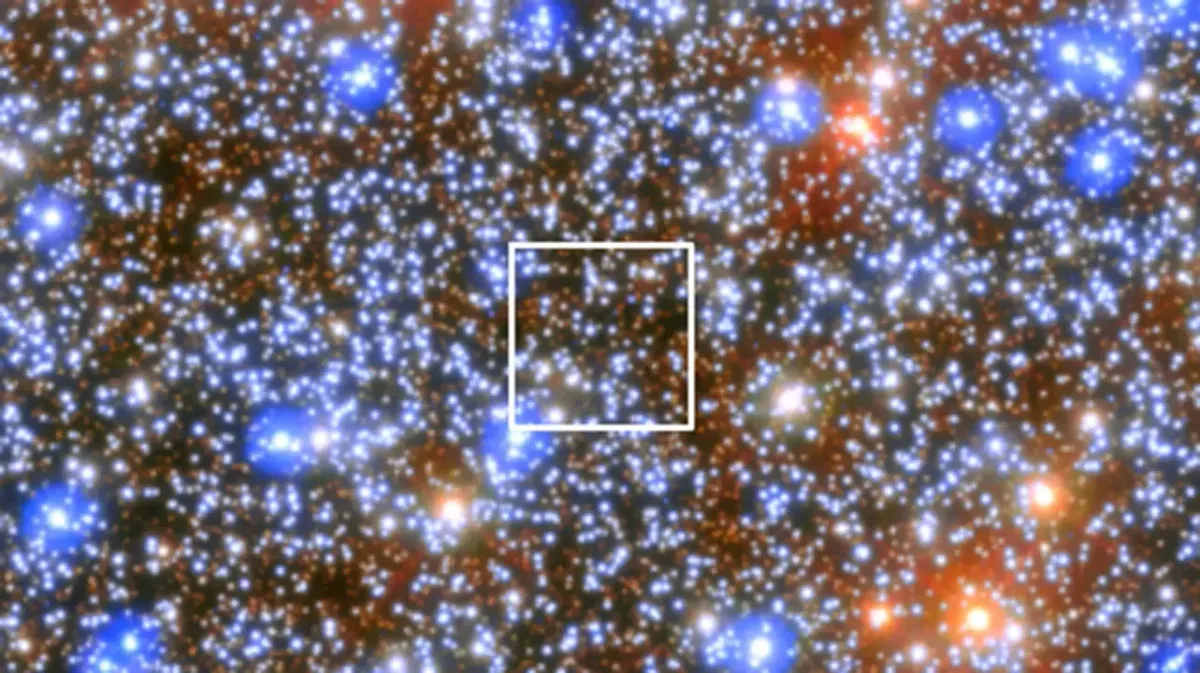Astronomers noticed it. black holes Most of them fall into one of two categories. Or stellar mass. black holesThey can have masses up to a hundred times the mass of the Sun, or supermassive black holes at the centre of galaxies that can range in mass from hundreds of thousands to several million times the mass of the Sun.
Intermediate-mass black holes could help bridge the gap between the two classes and explain how supermassive black holes get so big. It has been suggested many times that an intermediate-mass black hole could be discovered, but most have turned out not to be the case.
There is a fairly large mass range between 100 and 100,000 solar masses, where there have been very few detections. Are they out there, but we just don't see them because they are so hard to detect, or is there a reason they don't exist at all?
One reason they think intermediate-sized black holes must exist is that the supermassive black holes astronomers saw in the early universe didn't have time to grow to the same size by consuming gas and stars alone as black holes do today.
If these black holes evolved from the merger of intermediate-sized nuclei, that would solve the mystery.
Astronomers have been searching for intermediate-sized black holes for decades, and have been specifically looking for Omega Centauri since at least 2008. Because it's the most massive star cluster in the Milky Way, it's a relatively easy location to look for and detect, and it's probably the remnant of the core of another galaxy that merged with the Milky Way 10 billion years ago.
“This is essentially a galactic core frozen in time,” said Nadine Neumayer of the Max Planck Institute for Astronomy, a co-author of the study. “Its black hole could represent the black holes of all small galaxies 10 trillion years ago. It immediately tells us something about the nuclear mass of black holes.”

Image: Science News
But previous studies have not clarified whether Omega Centauri is home to a single, intermediate-sized black hole or a cluster of smaller, closely spaced black holes.
Using 20 years of observations from the Hubble Space Telescope, the researchers tracked the individual motions of 1.4 million stars in the cluster, looking for stars that were moving faster than expected. The team found seven stars flying around the inner region of the cluster at speeds of 66–113 km/s, speeds that would knock all the stars out of the cluster. The team concluded that the only way these stars could survive in the cluster was if they were tightly held by a massive object.
Astronomers have had undeniable evidence for the existence of intermediate-mass black holes for years. The first detection of solid objects came from the LIGO observatory, which recorded ripples in spacetime after two smaller black holes merged to form a black hole with a mass of about 142 solar masses. But that collision occurred about 17 light-years from Earth, making it difficult to study.
The Omega Centauri black hole has two more advantages, from an astronomer’s point of view: it’s in our galaxy’s neighborhood, and astronomers can observe it continuously. And researchers also plan to use the James Webb Space Telescope to get more information about the speeds of stars orbiting it, which will allow them to better determine the black hole’s mass.






